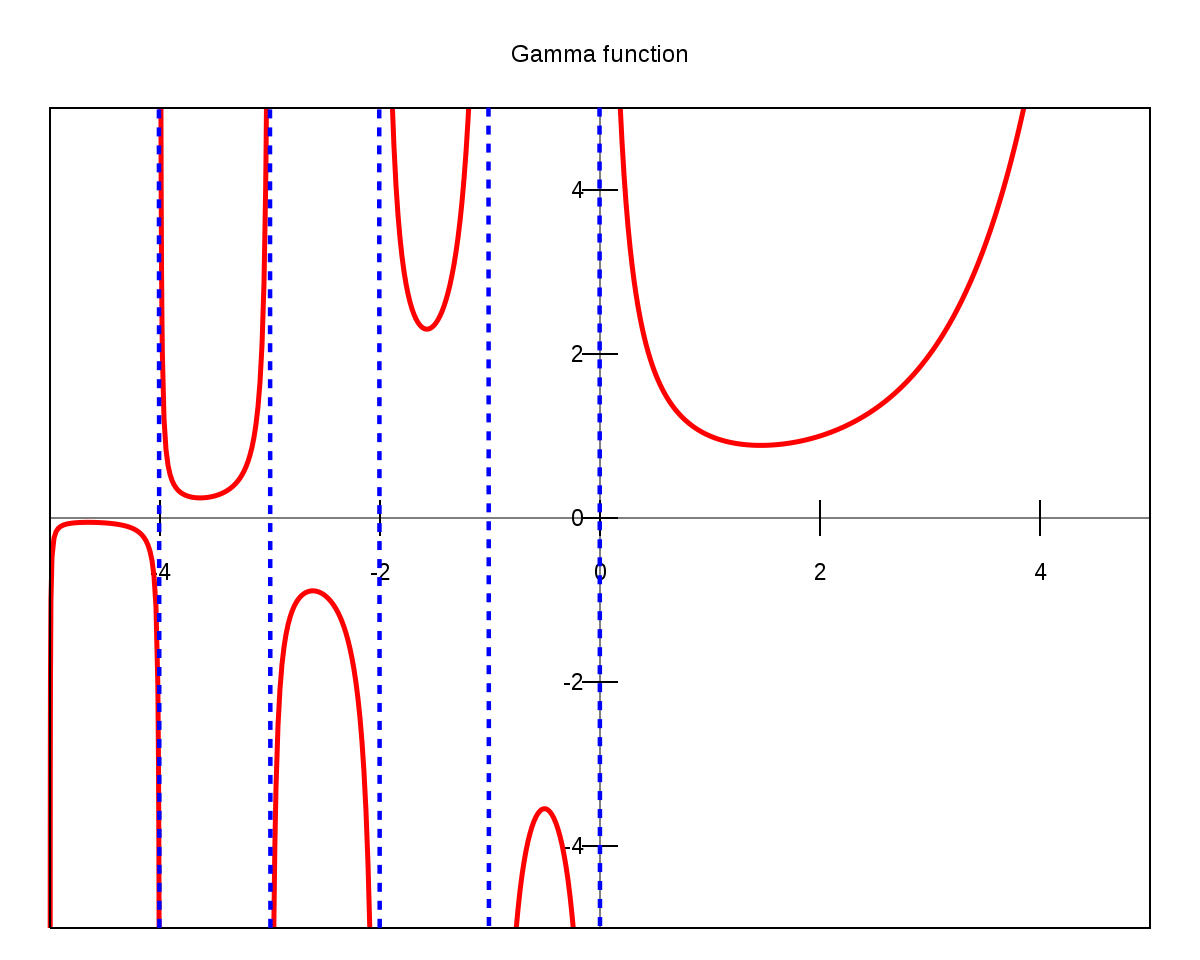- Joined
- 11/18/22
- Messages
- 1
- Points
- 1
I'm looking at chapter 1 problem 7 in the solution manual of Dan Stefanica's A Primer for the Mathematics of Financial Engineering. There's a step I don't quite understand, it's[math]x\ln(1+\frac{1}{x}) < 1 < (x + 1)\ln(1 + \frac{1}{x})[/math]which can be written as
[math]\frac{1}{x+1} < \ln(1 + \frac{1}{x}) < \frac{1}{x}[/math].
I don't understand what happened here and have been trying a bunch of simple operations to get from the first line to the second line. Any help on this would be much appreciated. Also, I was curious as to where I could ask for help for the book problems on this forum.
[math]\frac{1}{x+1} < \ln(1 + \frac{1}{x}) < \frac{1}{x}[/math].
I don't understand what happened here and have been trying a bunch of simple operations to get from the first line to the second line. Any help on this would be much appreciated. Also, I was curious as to where I could ask for help for the book problems on this forum.
